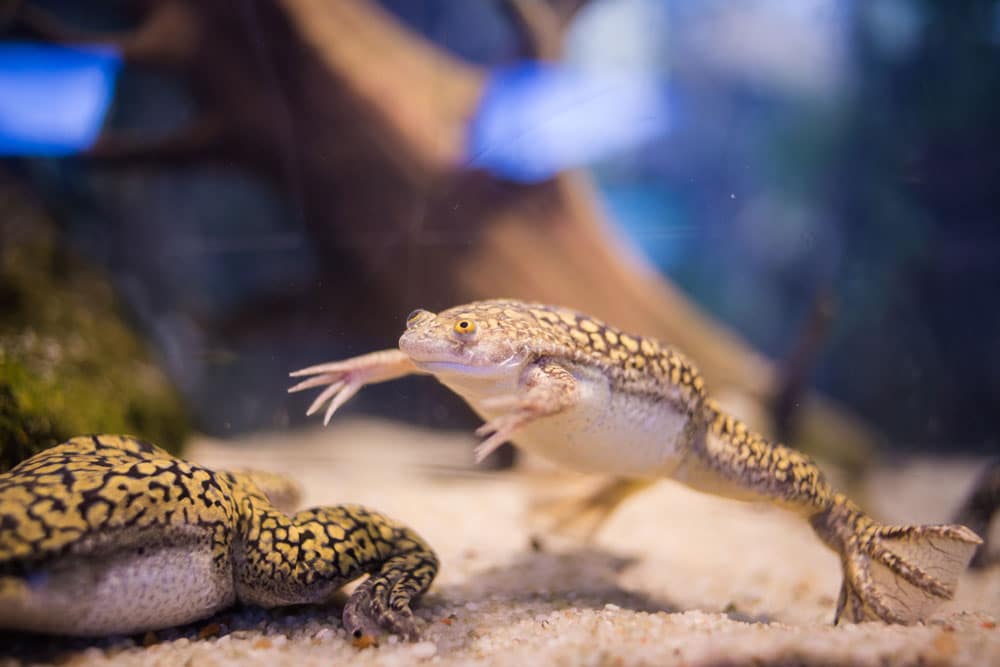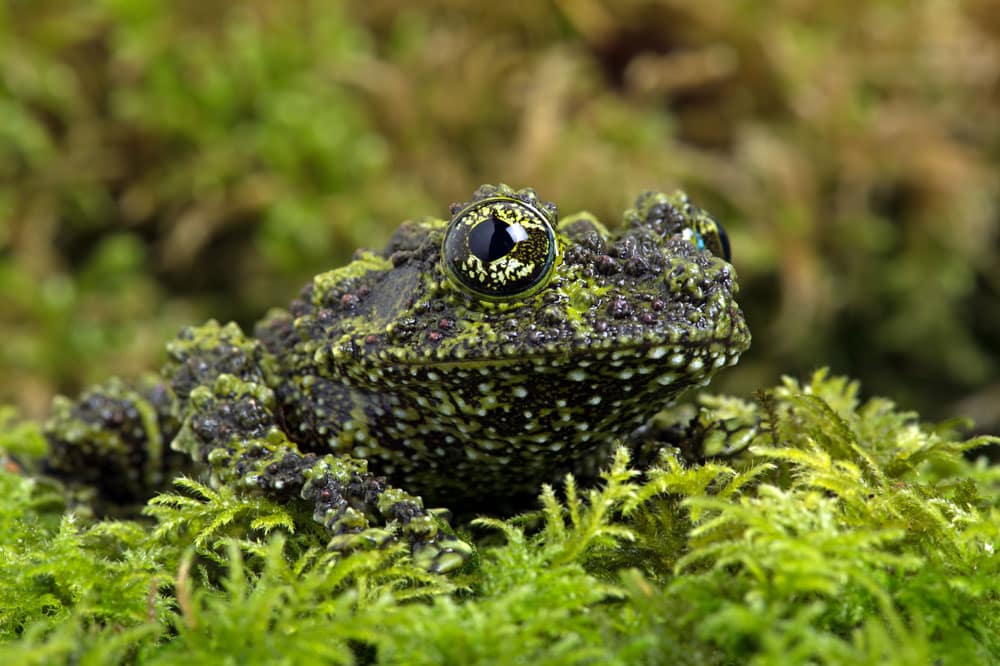The researchers are currently studying how the BdDV-1 virus works, how it infects the fungus and how it gets into the cells of the fungus
Batrachochytrium dendrobatidis, or Bd, the fungus that has killed off millions of frogs and toads worldwide may have a chink in its armor, according to scientists who have discovered a virus that infects the fungus from within. The University of California at Riverside researchers who discovered the virus, called Bd DNA virus 1 (BdDV-1) are hoping that they can manipulate it to control Bd and save the frogs.
“We identified multiple non-GPL Bd isolates that contain a circular Rep-encoding single-stranded (CRESS)-like DNA virus, which we named Bd DNA virus 1 (BdDV-1), the researchers wrote in their paper. “We further sequenced and constructed genome assemblies with long read sequences to find that the virus is integrated into the nuclear genome in some strains.”
This finding might just glean tools in which researchers can combat Bd, which has killed off frog populations worldwide and has had domino effects on other species, such as snakes that prey on frogs.
“Frogs control bad insects, crop pests, and mosquitoes. If their populations all over the world collapse, it could be devastating,” UCR microbiology doctoral student Mark Yacoub said in a news release put out by the university. Yacoub is also an author of the paper describing the finding.

African clawed frog. Photo by Dewald Kirsten/Shutterstock
“They’re also the canary in the coal mine of climate change. As temperatures get warmer, UV light gets stronger, and water quality gets worse, frogs respond to that. If they get wiped out, we lose an important environmental signal,” Yacoub said.
Yacoub and UCR microbiology Professor Jason Stajich then began working on population genetics to better determine where BdDV-1 came from and how and at what rate it is mutating.
The hope is that the virus that infects Bd could be engineered to control the chytrid fungus that is prevalent throughout much of the amphibian world.
Origin Of Batrachochytrium dendrobatidis Came From Asian Amphibians, New Study Says
History and Facts About Batrachochytrium dendrobatidis
“We wanted to see how different strains of fungus differ in places like Africa, Brazil, and the U.S., just like people study different strains of COVID-19,” Stajich said. They used DNA sequencing technology and found that some sequences were different from that of the DNA of the fungus. Those sequences then turned out to be a viral genome infected the fungus. The researchers found that not all strains of the fungus have the virus present in their genome, and those that do behave differently than those without the virus present.
“When these strains possess the virus they produce fewer spores, so it spreads more slowly. But they also might become more virulent, killing frogs faster,” Stajich said. The researchers said the virus is inside the fungal genome where it can’t cause any harm to the virus. The hope is that the researchers can clone the virus to determine if they can infect a strain of Bd manually and if that infected sprain can produce fewer spores of the fungus.
The researchers are currently studying how the BdDV-1 virus works, how it infects the fungus and how it gets into the cells of the fungus. Those are the unknowns. “If we’re going to engineer the virus to help amphibians, we need answers to questions like these,” Yacoub said.
The complete paper, An endogenous DNA virus in an amphibian-killing fungus associated with pathogen genotype and virulence,” can be read on the Current Biology journal website.



